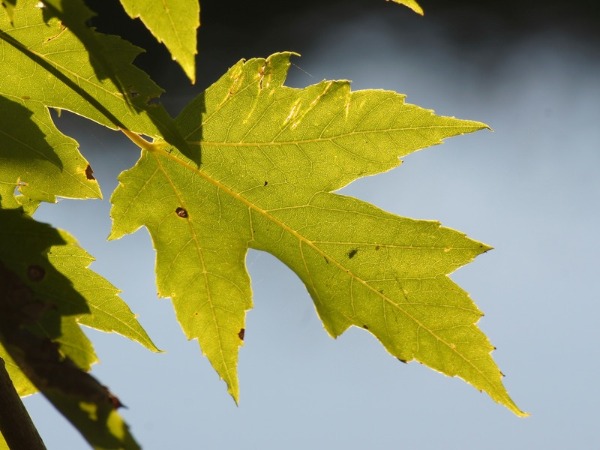

In high abundance, they can give the leaf a spiked appearance (Figure 4). The galls are green but may turn pinkish. Maple spindle gall mites induce small, elongate, projecting galls on the upper surface of foliage (Figures 2, 3). Scientific name: Vasates aceriscrumena ((Riley & Vasey, 1870) Photograph by Michael Cooper via iNaturalist, used under a CC BY-NC 4.0 license. Heavy infestations of maple bladder galls can deform leaves and reduce a leaf's ability to photosynthesize. Photograph by epic2112 via iNaturalist, used under a CC BY-NC 4.0 license.įigure 2. Young mites hatch from the eggs and remain within the gall until they reach maturity, at which time they move to new leaves to start new galls.įigure 1. Mating and egg deposition also takes place within the gall. Galls have an opening on the underside of the leaf, so mites can exit the gall if necessary. Early in the spring they migrate to newly expanding leaves and begin to feed. Maple bladdergall mites overwinter as adults under bark scales and other protected sites on the host tree. In some cases, galls become so abundant that infested leaves become deformed (Figure 2). The galls are initially green, then turn red, and eventually black. These galls are usually noticed during May, about the time the leaves are fully expanded. Maple bladdergall mites induce globular growths about 2.5-3 mm in diameter on the upper leaf surface (Figure 1). Order: Trombidiformes (Trombidiform mites) Hosts Scientific name: Vasates quadripedes Shimer, 1869 While these galls may be aesthetically unappealing to some, they do not affect the overall health of the infested tree and rarely warrant control. Maple leaves are often host a variety of brilliantly colored, odd-shaped galls, which are caused eriophyid mites and gall midges. Galls are irregular plant growths that are induced by a range of different of insects and mites.


 0 kommentar(er)
0 kommentar(er)
